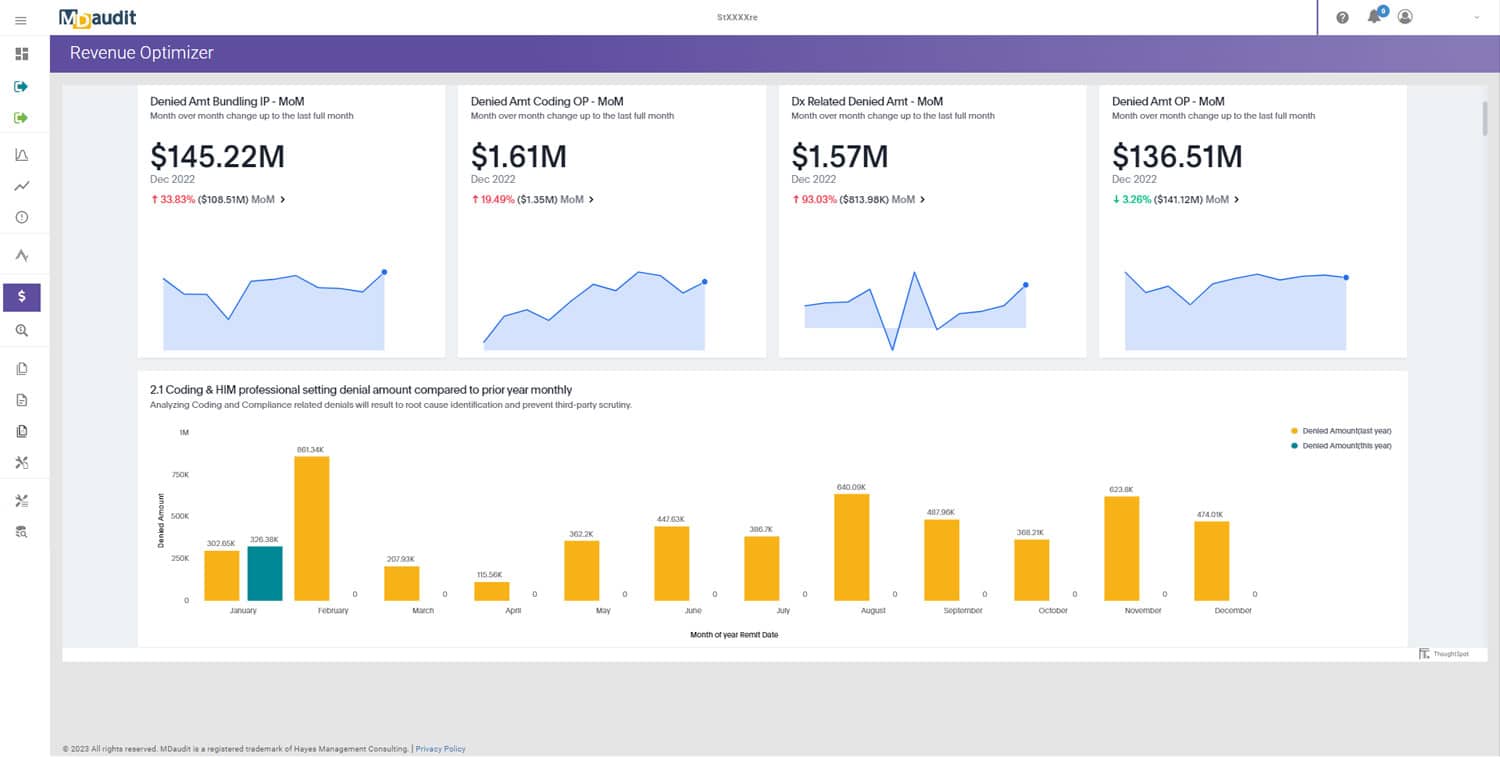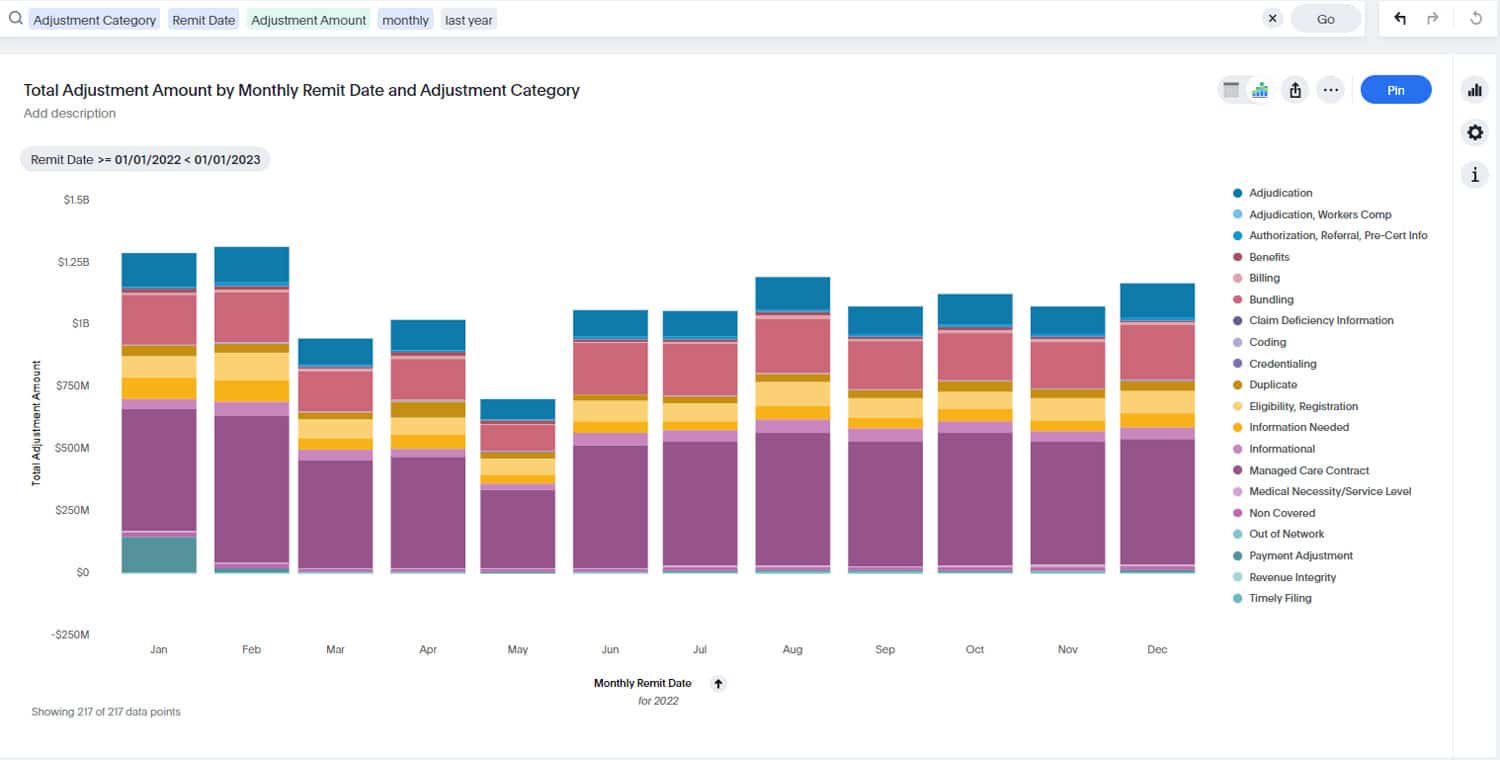As healthcare moves away from periodic, manual audits, compliance leaders need smarter, more proactive approaches. Enter risk-based auditing software, powered by AI-driven risk analytics, offering continuous visibility into billing compliance, coding anomalies, and revenue integrity.
Why Traditional Audits Are Falling Short
Periodic audits—often scheduled months in advance—can miss critical issues. They rely heavily on random sampling, manual workflows, and retrospective review. By the time results surface, it’s often too late to prevent systemic denials or revenue leakage. This reactive approach is no longer sustainable in a complex healthcare landscape.
The Rise of Risk-Based Auditing Software
Risk-based auditing software shifts the focus from retrospective review to real-time risk detection. Instead of selecting claims at random, this method triages the highest-risk areas—maximizing auditing impact while significantly reducing resource strain. It’s about being proactive, not just reactive.
MDaudit’s AI-Powered Risk Analytics: A Smarter Alternative
MDaudit’s platform elevates risk-based auditing by embedding intelligent risk scoring, predictive analytics, and continuous compliance monitoring into a single, powerful solution. Its sophisticated AI capabilities include:
- Proactive Risk Scoring and Dashboards: These features proactively identify billing and coding anomalies before claims are even submitted, preventing issues from escalating.
- Drill-Down Analytics: Tools that help trace patterns by provider, payer, or service line, quickly uncovering the root causes of issues. This is crucial for preventing systemic denials and protecting revenue.
- Real-Time Monitoring: This enables teams to act on risks as they emerge—not weeks or months later. It transforms auditing from a periodic compliance obligation into a dynamic tool for revenue protection and operational efficiency.
- AI Assist: This innovative feature allows users to interact with complex billing and financial data using natural language. Instead of requiring advanced technical queries, users can simply ask questions in plain English to gain instant, data-driven insights into denial drivers, audit outcomes, and revenue opportunities.
- SmartScan.ai: Integrated into the external audit workflow, SmartScan.ai leverages AI and machine learning to automate the processing of payer request letters (ADRs). It intelligently parses these documents to extract relevant data, significantly reducing manual data entry and expediting responses to external auditors (e.g., RAC, MAC, TPE, UPIC, SMRC). MDaudit reports that customers have retained approximately $40 million in revenue using this feature, demonstrating its tangible financial benefits.
- Anomaly Detection & Root Cause Analysis: The platform provides continuous monitoring that identifies billing and coding anomalies even before claims are submitted. Through drill-down analytics, it swiftly pinpoints the underlying causes of issues.
- Continuous Compliance Monitoring: By analyzing large volumes of data, including 835 remittance data, MDaudit’s AI quickly understands the root cause of systemic denial patterns and delivers insights tightly integrated with actionable workflows.
Common Billing and Coding Anomalies Addressed
Risk-based auditing software effectively targets a wide array of prevalent billing and coding errors that can lead to significant financial penalties and compliance risks:
- Upcoding: Billing for a higher-level service than what was actually performed.
- Unbundling: Submitting multiple codes for different parts of a service that should be billed with a single, comprehensive code.
- Improper Modifiers: Incorrectly using or omitting modifiers that provide crucial context to claims.
- Infusion and Injection Coding Errors: Mistakes in accurately reporting time for these services, leading to lost reimbursement.
- Use of Unlisted Codes without Documentation: Billing with unlisted codes without sufficient supporting information.
- Duplicate Billing: Submitting the same claim more than once.
- Missing or Incorrect Patient Information: Even small errors in patient records can invalidate claims.
- Non-Covered Services: Billing for services not covered by the patient’s insurance.
- Lack of Staff Training and Communication Gaps: Inadequate training and poor communication between departments often contribute to errors.
Benefits for Compliance and Revenue Teams
| Benefit | MDaudit Advantage |
| Smarter Resource Allocation | Focus audits on high-risk areas identified by AI |
| Greater Compliance Accuracy | Continuous monitoring closes compliance gaps sooner |
| Quicker Corrective Action | Real-time alerts and automation reduce lag time |
| Revenue Integrity Protection | Identifies undercoding and anomalies that impact revenue |
MDaudit’s Billing Risk Analytics module integrates seamlessly with audit workflows, helping organizations take a data-driven approach to compliance and revenue integrity.
Integrating Risk-Based Monitoring into Your Compliance Program
Effective compliance programs combine automation with human expertise. MDaudit supports this hybrid approach with configurable thresholds, audit templates, and workflows that allow teams to validate findings and implement corrective actions efficiently. Learn more in this article on AI in revenue cycle management.
Ready to Move Beyond Traditional Auditing?
If your organization is still relying on periodic audits, it’s time to evolve. Risk-based auditing software—especially when powered by MDaudit—gives you the tools to stay ahead of compliance risks, optimize audit performance, and protect revenue.
Explore how MDaudit’s compliance monitoring software can help your team modernize compliance strategies with confidence.

